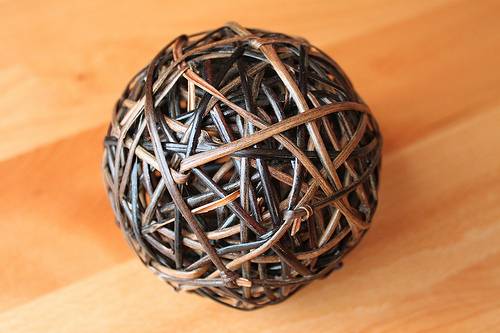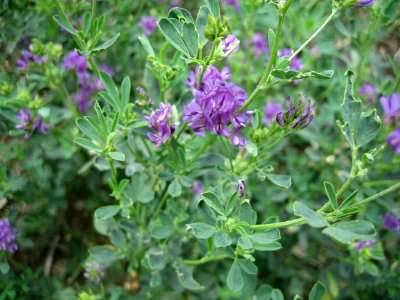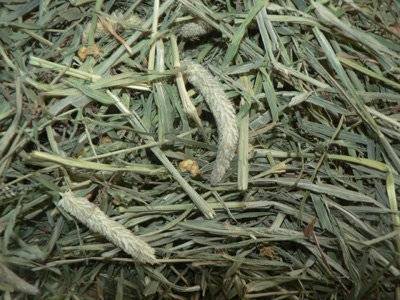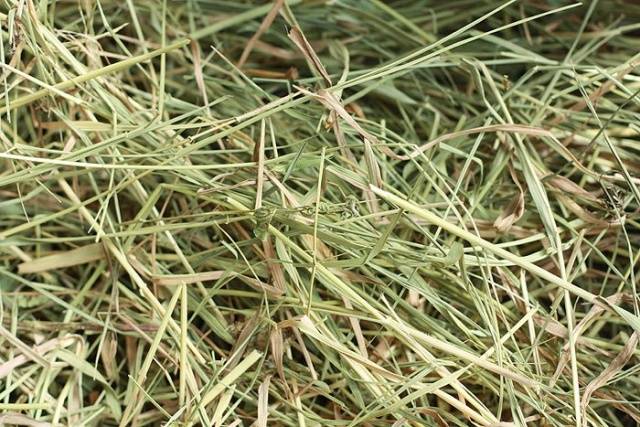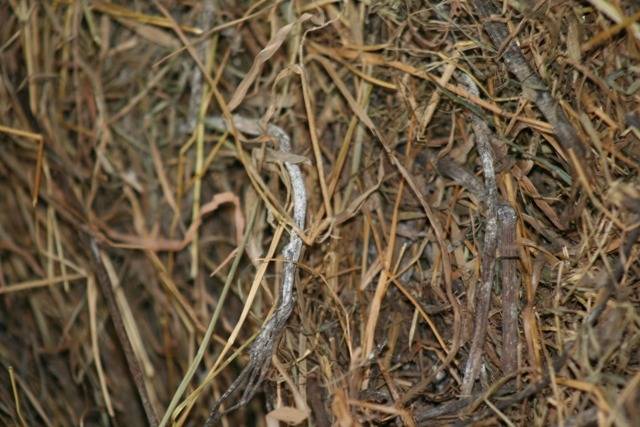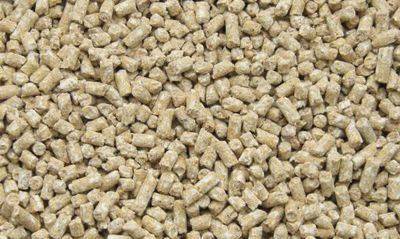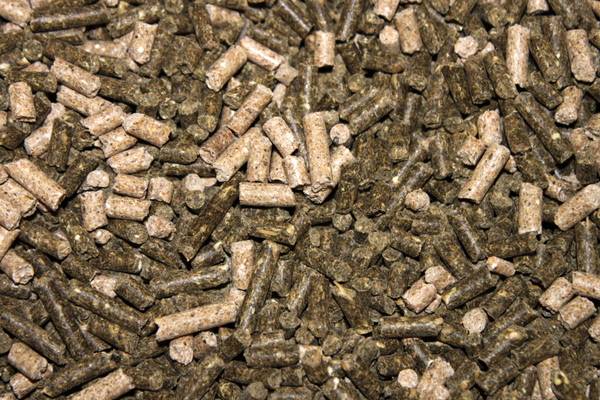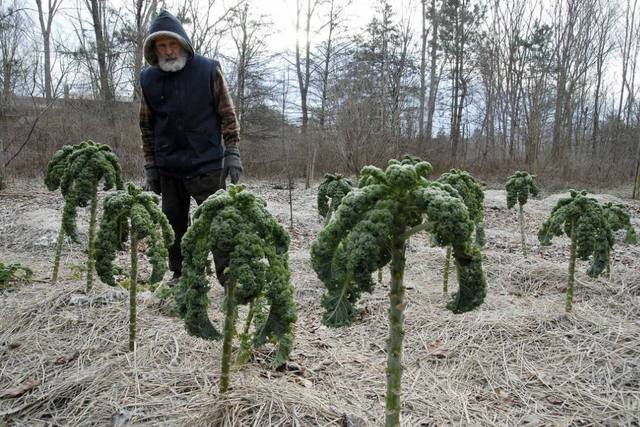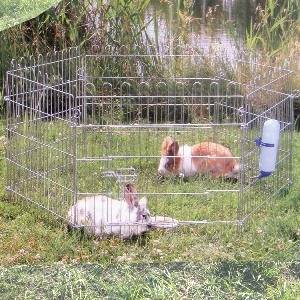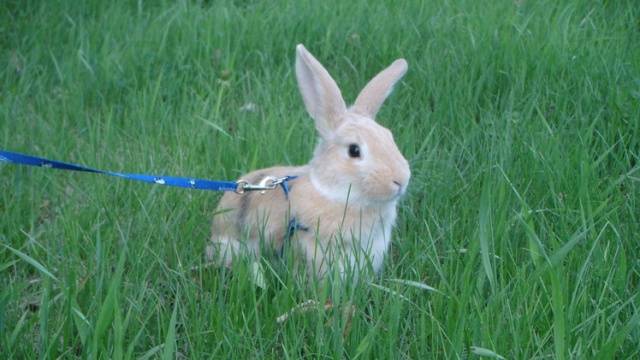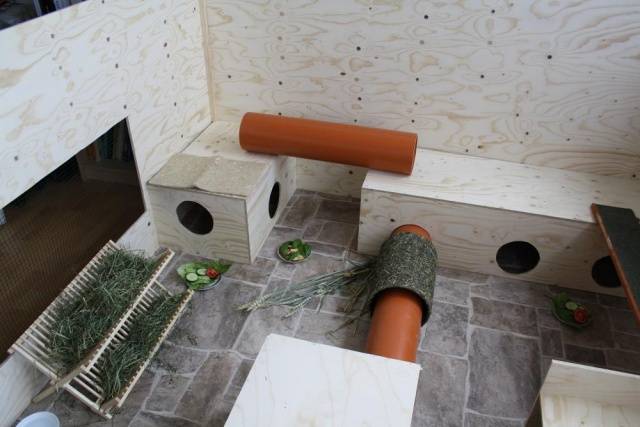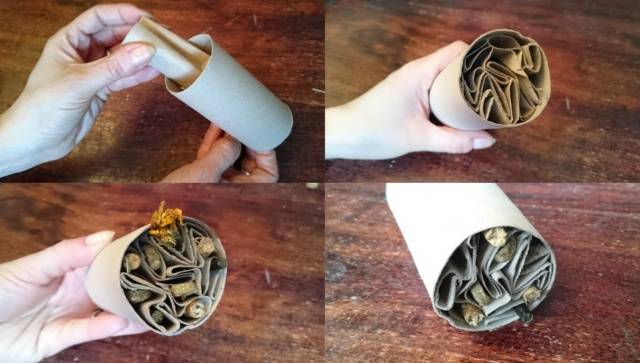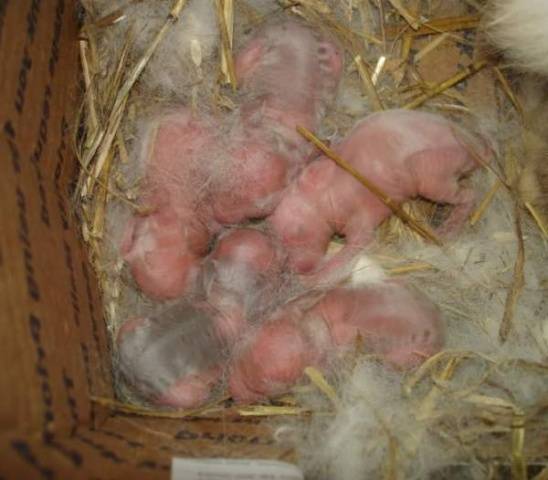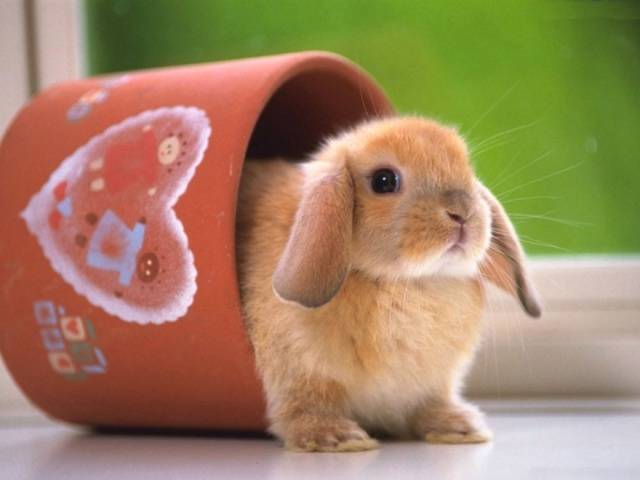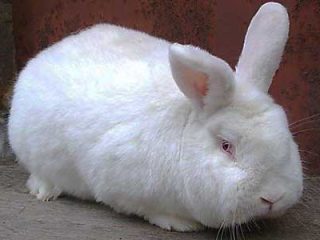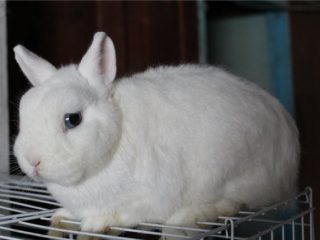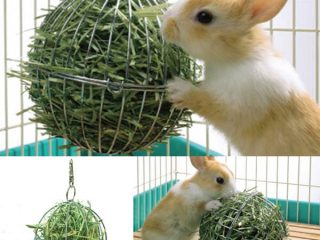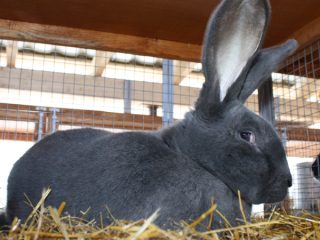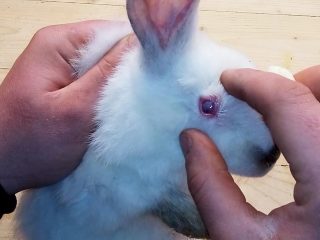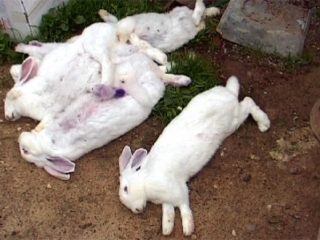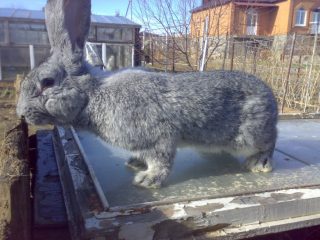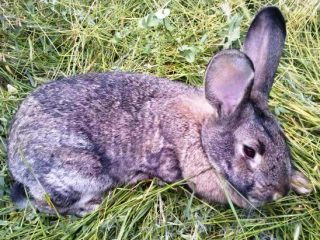Content
The theoretical lifespan of rabbits is 10 - 12 years. But a wild rabbit in nature rarely lives up to 3. Diseases, parasites, predators thin out the livestock. For species conservation, such a rapid generational change is the best strategy. The situation is exactly the same on rabbit farms. Of course, farmers prevent infections and parasites from rampant, and keep predators at a distance, but keeping the rabbit for more than 3 years is unprofitable, since her fertility decreases. Apparently, echoes of wild life. Therefore, older rabbits are sent to the slaughter. Only specimens that are especially valuable in the tribal sense survive up to 4 - 5 years.
Owners decorative rabbits I want their pet to live as long as possible. How many years decorative rabbits live largely depends on the conditions of keeping and caring for them, but usually 6 - 10 years. And before buying, you need to figure out how to care for a decorative rabbit and prepare a place for him to live.
Cage equipment and dimensions
Any rabbit breeds preferably kept on a solid, non-slippery floor. The net used for raising industrial rabbits is not suitable for keeping ornamental rabbits if you want to keep it healthy for as long as possible. Pododermatitis resulting from damage to rabbit feet when kept on a net is not as harmless as it might seem. These are open wounds through which any infection can penetrate. At the same time, the smooth, slippery plastic floor is also poorly suited for keeping a decorative rabbit. A raised pallet or slatted floor is much better suited. It should be borne in mind that not all decorative rabbits can be trained to the tray. Perhaps any bottom with a thick layer of hay laid on it is what your decorative rabbit needs. The size of the cage is calculated based on the size of the intended breed. IN a cage for a decorative rabbit in a resting position, that is, stretched out on its side to its full height, the decorative rabbit itself, its shelter, a manger for hay, a feeder, a drinker and a tray should be placed. This is the minimum necessary for the life of a decorative rabbit.
If the exit from the cage is higher than the floor, you need to be puzzled by a safe ladder for the entrance and exit of the animal. Rabbits have very fragile paw bones. If the paw falls between the rods, and the animal is frightened and twitches at this time, a fracture will be ensured.
Whether to equip an aviary for longer "walks" of a decorative rabbit or to let it run around the room every day is up to the owner.
Otherwise, the decorative rabbit will live exactly until the moment it bites through the wire connected to the mains. Caring for bunny rabbits is virtually the same as caring for industrial rabbits. Unless the cage needs to be cleaned more often to avoid odors in the house. If you want to keep animals in quantity more than one, but do not plan to breed decorative rabbits, it is better to take two rabbits, they are more peaceful. Males will constantly get into fights if they are not neutered. In addition, during puberty, the rabbit can show aggression towards the owner.
Decorative rabbits - care and feeding
Usually, the concept of "care and maintenance" includes not only feeding and cleaning the cage, but also meeting the animal's need for movement and play. And sometimes breeding.
Feeding
But with feeding, everything is somewhat "worse". If the owners want their pet to live as long as decorative rabbits that receive proper nutrition, he will have to acquire knowledge not only on how to compose a diet, but also on determining the quality of hay and concentrates.
Features of rabbit digestion
In rabbits, the passage of food masses through the intestines is due to the intake of new chewed food. The intrinsic peristalsis of the intestine in rabbits is very weak. Therefore, with long breaks in food intake, intestinal blockages may occur. Active running around with toys and jumping helps to improve peristalsis somewhat. But even here it is necessary to take into account the animal's instinctive desire to gnaw everything that fell into its mouth. Eating a lot of paper (owners often make free toys from cardboard boxes), plastic, rubber or fabric (stuffed animals) increase the chances of a plug in the digestive tract.
The diet
The diet of a decorative rabbit should consist of high-quality hay and complete pellets specially designed for these animals. Hay is the main ingredient in the rabbit diet. You can find many types of this product on sale. Often the type of hay depends on the region of residence. In one region, the bulk of the hay comes from meadows, in another from sown irrigated fields. Timothy is considered the best type of hay for a decorative rabbit. The second place is occupied by meadow grasses, and the third is alfalfa.
Since alfalfa is very high in protein, it can cause obesity in older rabbits.
How to determine the quality of hay
Good quality hay should be green in color with a pleasant grassy smell. It is necessary to make sure that there are no coarse "sticks" in the hay, although some decorative rabbits are very fond of gnawing such sticks. But coarse stalks in the hay mean that the hay was cut stagnant, with minimal amounts of vitamins and nutrients. All the useful herb has already given into the seeds.
The ideal time to mow grass for hay is the flowering period. This is the kind of hay you need to try to find for a decorative rabbit.
The hay should not be overdried, since in this case the leaves and petals - the most valuable part of the hay - will crumble and only the stalks will get to the rabbit. However, if small parts crumble at home, they can be mixed with dry feed and fed to the animal.
Lower quality hay is yellow. During drying, such hay got caught in the rain and lost some of its nutritional value. But if there is no smell of mycelium, then the hay can be fed to the rabbit.
This is not actually dust, but mold spores. Contaminated with toxins from mold, hay can poison the animal with symptoms of the famous “bloating” well known to breeders.
Hay that should not be fed has a brown color and a mycelium smell. Such hay should be immediately sent to the trash can.
If possible, you should ask what year the hay is being sold. Hay dated to the current year has the highest value. Hay that has lain for a year loses 50% of its nutritional value. Three-year-old hay is only suitable for litter.
Compound feed and granules
In essence, they are the same thing. Granules - pressed compound feed. Granules can be complete, that is, the animal, except for the granules, does not need anything else. But such granules will have to lie in constant access in the feeder due to the peculiarities of the digestion of rabbits. This will most likely lead to obesity, since there is also an excess of proteins and carbohydrates in such granules.Typically, these pellets are used to feed rabbits on farms in addition to hay. Or if the hay is "empty", that is, of poor quality and almost no nutrients.
There are pellets made specifically for decorative rabbits. When choosing pellets, one must take into account the presence of hay in the diet. If for some reason it was not possible to get it and you have to get by with granules, you need to choose those in which the fiber content is 20%.
In the presence of hay, the fiber content in the pellets should be 10 - 15%.
Determination of pellet quality
Any compound feed without preservatives is not stored for more than a week, since during the manufacture of compound feed the grains are destroyed, and the vitamins stored under the protective shell of the grain begin to decompose. Pellets sold at pet stores usually have a long shelf life. This is achieved through the use of preservatives. However, the scary word "preservative" for many is actually ascorbic acid, that is, vitamin C, necessary for the normal functioning of decorative rabbits.
When opening the packaging with granules, the contents should have a pleasant smell, without signs of rancidity. The composition of the granules includes oil-containing components: sunflower seed or cake. If the contents of the package smells of rancid vegetable oil, it means that the shelf life is long overdue and ascorbic acid was no longer able to stop the decomposition of the vegetable oil.
Juicy feed
In theory, a decorative rabbit can eat many fruits and vegetables. From a practical point of view, it depends on how much the owner is inclined to put his animal at risk.
The belief that rabbits love cabbages and carrots is a myth. More precisely, rabbits love something. But when eating fresh white cabbage, they are guaranteed to die from cabbage fermentation in the stomach. White cabbage leaves should be dried.
Carrots for decorative pets can only be half of the average root crop per day. And you need to start with a very small piece, since any new feed is introduced a little bit at a time. It is very difficult to calculate this "slightly" for a miniature decorative animal.
The apple also causes fermentation in the intestines and is given in a dose of no more than a quarter a day.
Fresh grass must be dry, not after dew or rain, but rather dried in the shade.
Red beets are also given with caution, they have a laxative effect.
You can give celery and parsley, a stalk of fodder cabbage, zucchini, cucumber, kohlrabi.
Everything is introduced slowly and issued every day, without a ragged schedule. But in order not to guess why the decorative rabbit does not feel well today, it is better to limit ourselves to hay and granules. Animals feel great on such a diet all their lives. In addition, decorative rabbits are often allergic to any fruits or vegetables. The desire to treat your pet with something tasty is a purely human need and often ends in failure for the animal.
Physical activity
The lifespan of decorative rabbits largely depends on the conditions in which they are found. An animal that sits in a cage all its life does not live long. Ornamental rabbits, like all herbivores that have moved around a lot in search of food, need movement. At the same time, it is almost impossible to make a decorative rabbit run for the idea of running. This is unusual for animals. They prefer to conserve energy in the event of an attack by predators.But decorative rabbits need active physical movement and fresh air. Therefore, in private houses, walking a decorative rabbit is compulsory. He is fenced in with a permanent aviary, into which the decorative rabbit can leave his shelter whenever he wants, and they are carefully monitored so that this figure does not dig a passage to freedom. You can buy a portable version of the aviary, which is in fact a cage with lattice walls. Such an aviary is placed on the grass, and the decorative rabbit has the opportunity to eat the grass on its own. If he is accustomed to the grass.
Another option for walking for a decorative rabbit is a special lattice ball, which the animal, trying to move to another place, rolls around the lawn. No, for places overgrown with weeds, it will not work. Also, decorative rabbits are well accustomed to walking on a harness. In this case, you will have to follow your pet everywhere.
But not everyone has the opportunity to walk their decorative rabbits, many can keep animals only in the apartment. Keeping decorative rabbits at home should provide for daily physical activity for them, and the owner will have to be puzzled by this issue.
So that the pet does not get bored alone, it must be provided with toys. These can be specially made toys and homemade products. You can keep the animal busy by getting food from a toy or by developing intelligence. However, all the same, the development of intelligence will be based on obtaining food.
Homemade toys can be floor brushes made from natural materials, rugs and ropes woven from plant fibers, downpipes, cardboard boxes and toilet paper tubes. Although the last two types are undesirable due to the danger of overeating the paper. In principle, almost any thing can serve as a toy for a decorative rabbit.
But the owner will have to provide the locomotive activity of the decorative rabbit on his own. At the same time training a decorative rabbit to jump and execute commands.
If decorative rabbits were bought with an eye to breeding, then you will have to take additional care of some factors.
Breeding decorative rabbits
Naturally, breeding requires a minimum of a pair of opposite-sex animals. Although, in fact, I would have 3-4-5 rabbits to crawl. The rabbit will not refuse. Accordingly, you will have to take care of acquiring at least two cages so that the rabbit and the rabbit live separately. The rabbit is a sexually preoccupied animal, and will not give a happy rabbit a quiet life if they have one cage for two.
The rabbit's cage should be larger than that of the rabbit. She still has a brood to raise. A shelter must be placed in the cage. Hay or straw is placed in the shelter before the rounding.
The rabbit will make the nest on her own. Firth lasts about a month. Special help is not required when the rabbit is around. Yes, this is impossible, given the size of the rabbit.
In most cases, eating rabbits occurs because the rabbit is thirsty. To a lesser extent from the lack of minerals during pregnancy.
It is better to leave decorative rabbits with their mother for up to 3 months. On farms, rabbits are weaned at 30 to 45 days. At the same time, the maximum mortality of young rabbits occurs, since their gastrointestinal tract is not yet sufficiently developed to consume only "adult" food. If it is possible to suck the rabbit for up to 2 months, the mortality in the rabbits is minimal. After two months, the rabbit herself begins to drive them away. Another month is needed to understand that “we are now adults and must live independently” and the rules of life in society.
A three-month-old decorative bunny will already be able to adapt normally in another house.
Puberty in rabbits occurs at 3 months, so the breeder at this time already separates the males separately from the females (plus 2 more cages) and tries to quickly sell the rabbits.
The rabbit comes into the hunt within a couple of days after the birth. But it should not happen at this time. Compacted okrols negatively affect the health of the rabbit. It is better to carry out a new mating after one and a half to two months.
Therefore, if you took decorative rabbits for breeding and do not want to sterilize them, you will have to constantly happen animals. Otherwise, in decorative rabbits, the occurrence of diseases of the reproductive system is inevitable. And both the rabbit and the rabbit. Thus, in order for decorative rabbits to live for a long time, up to 10 years, and without significant health problems, the owner will not only have to comply with the norms for keeping and feeding decorative rabbits, but also entertain them with walks. A pet is a responsibility.

